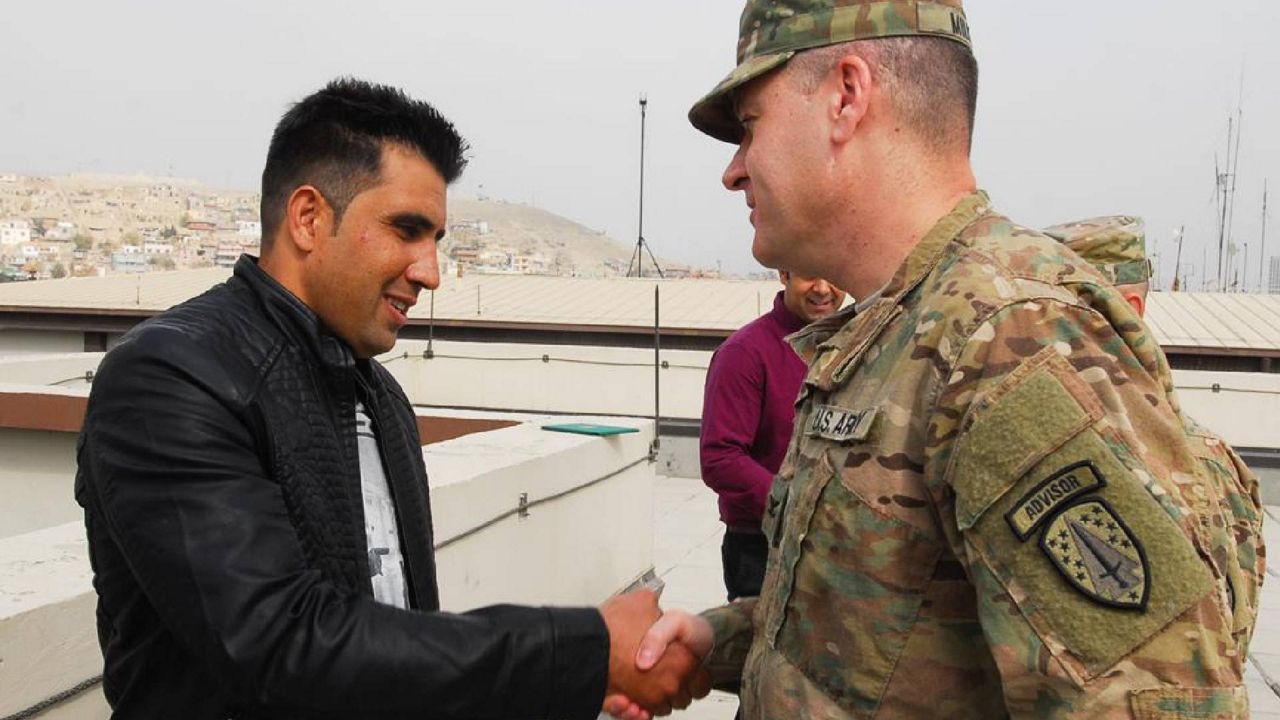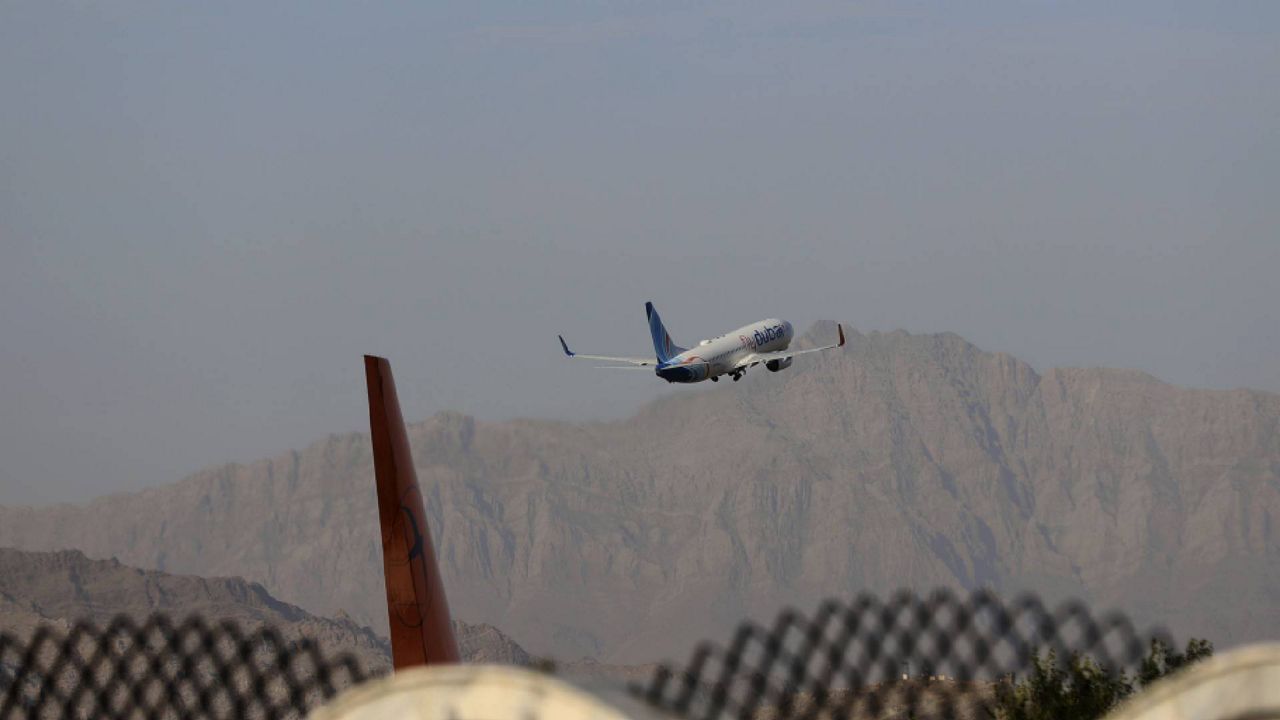The first flight to evacuate Afghan nationals who aided U.S. forces was scheduled to leave Kabul Thursday afternoon, as the Biden administration begins gradually relocating some of those allies outside Afghanistan due to an increasing Taliban threat in the country.
The first flight is expected to land in northern Virginia by early Friday, per two sources familiar with the plans, where Afghans will then be shuttled to the Fort Lee Army base near Richmond.
Approximately 250 Afghans, including interpreters, drivers and others who aided the United States in combat plus their families, were invited to relocate this week, though a total of 2,500 allies and family members are expected to be offered a flight to Fort Lee.
They represent the small group farthest along in a special visa program designed to protect those Afghan partners, since they’ve already gone through a security vetting process. Thursday’s flight is expected to be the first of several in the coming weeks.
"[This] is a very exciting step forward and will be the first of many," White House press secretary Jen Psaki said Tuesday, confirming the first flight was expected this week.
The Biden administration has promised to evacuate thousands of "eligible" Afghans in the visa pipeline by the end of August, when the American withdrawal from Afghanistan will be complete, though exactly who is included in those plans — which are officially called Operation Allies Refuge — is still unclear.
The Special Immigrant Visa (SIV) program, which began in 2009, was created to help bring Afghans to safety in the U.S. They’re often seen by the Taliban as traitors for their work and many receive regular death threats.
There are more than 20,000 applicants who have applied for an SIV, per the State Department’s latest report.
But since its inception, the program has been bogged down with slow processing times and confusing denials, and approvals often take more than three years on average
At least 300 Afghan allies or family members have been killed to date, per an estimate from the advocacy group No One Left Behind.

Thursday’s flight — which signifies the beginning of what is expected to be an evacuation of thousands of allies and their families — is also marked by who may be left out of the plans.
Some interpreters who live outside Kabul, for example, have been invited to evacuate but fear traversing Taliban checkpoints in the country. The terrorist group now controls more than half of Afghanistan’s districts, Joint Chiefs of Staff Chairman Mark Milley said last week.
"They need to travel with some of their documentation," said Kim Staffieri, executive director of the Association of Wartime Allies, which works with thousands of SIV applicants on the ground.
"Buses are being stopped, everybody on the bus searched. And, literally, people have been pulled off and murdered there on the spot if they’re suspected of being an SIV," she added.
According to a recent survey conducted by the organization, nearly 50% of visa applicants live outside the nation’s capital.
"Applicants are responsible for providing their own transportation to Kabul,” a State Department spokesperson said in a statement. "We are intensely focused on fulfilling the complex logistical and security challenge of relocating SIV applicants who are at the final stage of the process to the United States."
Staffieri also said some applicants invited to evacuate have followed up with questions for the U.S. Embassy but have not yet gotten a response.
"They've got an auto-reply, and nothing else," she said.
The first group of up to 750 Afghan allies are only expected to stay at the Virginia military base for about a week, while they get their medical exam and then arrange travel to their final U.S. destination.
State Department officials have confirmed the next phase will include around 4,000 SIVs, plus their families, but they will be relocated to third countries or American bases outside the continental U.S.
There are lingering questions about how many total interpreters and other allies will be included in the evacuation, especially because about half of the 20,000 in the pipeline are still in the very beginning stages of the application process.
And though the U.S. has promised to complete Operation Allies Refuge by the time the U.S. completes its exit by the end of August, the timeline is also unclear.
"We've only gotten notice that one plane is about to leave," Staffieri said. "How are they going to move this next 4,000 that they've talked about, let alone the entire applicant pool?"




